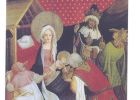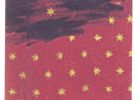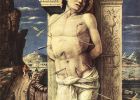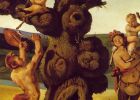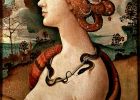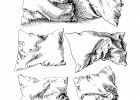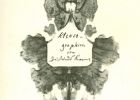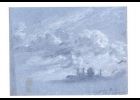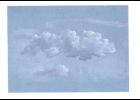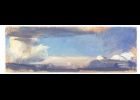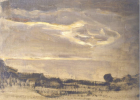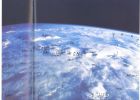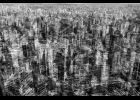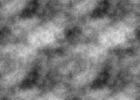A Foray into the Worlds of Imaginary Animals and Humans
This essay places Flusser’s What if? (2022) and his experiments with Louis Bec’s Institut Scientifique de Recherche Paranaturaliste (Scientific Institute of Paranaturalist Research – I.S.R.P.), in conver-sation with Joan Fontcuberta’s Fauna exhibit (1985-89). It understands both Flusser’s and Fontcuberta’s experiments as being line with the modernist obsession with fake sciences, especially the pataphysical work of Alfred Jarry. The essay argues that the strangeness in Flusser’s What if? comes from a particular form of reversing the focus of scientific investigation, forcing readers to look inward to the role of scientific writing, and the scientist, and their role in framing the truths they claim to find.
Thinking Plurality. Vilém Flusser and Michel Serres: A philosophical convergence
This essay compares Vilém Flusser’s and Michel Serres’s notion of plurality. Flusser’s and Serres’s writing and thinking are strikingly similar even if they radically diverge on some points. For both philosophers, thinking is not a linear progression that moves straight ahead along a simple line, but a journey full of meandering and surprising twists and turns, which can lead back on its tracks. To describe this complex contradictory movement, Flusser uses the spatial metaphors of the circle and the spiral. This is best exemplified in his practice of multiple translations and retranslations, and the Jewish method of Pilpul. Serres, on the other hand, uses the metaphors of the randonnée – a random stroll across a landscape –, the wild flight of a wasp and the unfolding and refolding of a plane of dough. Both authors reject a view of reality based on a single centralized point of view, an umbilical vision of the world, as Serres called it. They both question systematic thinking and favor theoretical plurality and openness. In Flusser’s view, synthesis brings points of view together that often radically differ from each other. For Serres synthesis is a cluster of differentiated but organized relations. Flusser’s and Serres´s thinking is non-linear, non-hierarchical and always open-ended, a proliferation of fixed points to infinity. For both thinkers these different points of view are equally valid.
„Eine Wolke von Zukunft“. Zur nubigenen Einbildungskraft in Vilém Flussers Werk
This essay starts out from Flusser’s use of the metaphor of the cloud as a possible representation of our present condition. Our identity and the world around us have lost all solidity and turned into groundless swarms of particles. This vision accompanies the short history of the cloud that follows, moving from its conception as a changeable veil masking the true light of inner truth, to an assemblage with frayed and constantly changing outlines, a formless but significant stain, and a field of possibility. As Flusser points out, when dealing with present day digital technology, one has the impression that our imagination (Einbildungskraft) has emigrated from our brains and become independent so that one can have a look at one’s own dreams. One would have to enter into a kind of dialogue (Zwiegespräch) between our own imagination and the one that we have been feeding into the computer, in order to pave the way for a jump into a completely new form of Einbildungskraft.



